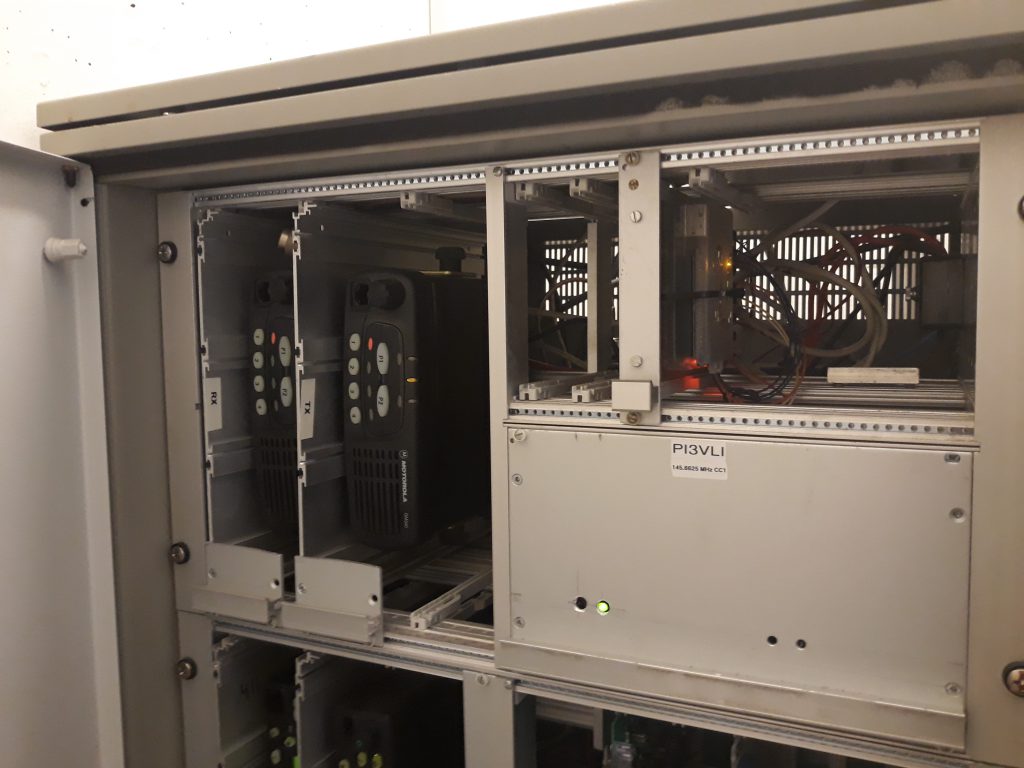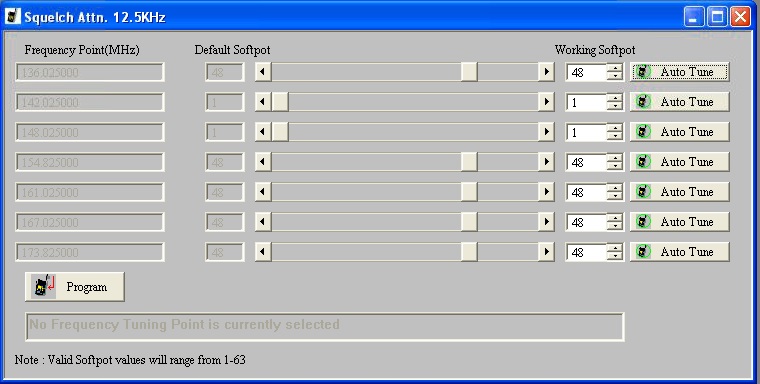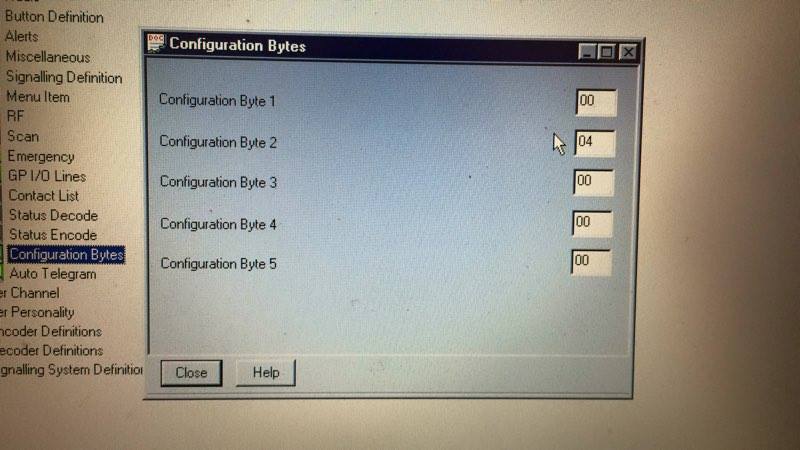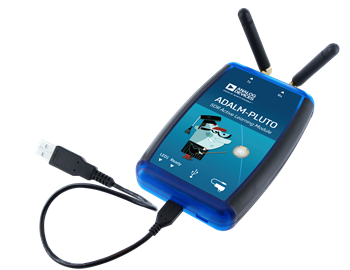By testing the homebrew DMR repeater PI3VLI, we had some problems with the RX. We had some problems with BER, (was more than 7%) and sometimes the repeater doesnt answer back when you Key onto the repeater.
The setup of PI3VLI is a Raspberry PI with MMDVM board (with PI-Star software) and 2 Motorola GM340 VHF radio’s for RX and TX

Guus PE1PLM toke the repeater at home to check and measure the RX
whats going wrong.. First, the high BER was because of the very loud
audio signal from the discriminator output of the GM340, so he had added
an extra potentiometer to lower the audio signal to the MMDVM board.
Now the BER is almost perfect. 0 or 0,3% BER. (Bit Error Rate)
But
now comes the problem: After making a QSO true the Repeater, the RX
GM340 crashed and reboot when receiving a DMR signal for a couple of
seconds..
So i did the same test. programmed a Motorola GM340 VHF on a
frequency, Programmed my TYT MD2017 on that same frequency in DMO mode
and key’d up.. after 16 seconds.. my GM340 crashed also..
Here a video:
https://youtu.be/cXRLvMiXAZU
It looks like the GM340 can’t handle the very fast switching with the squelch when receiving a TDMA signal. so after this test, i used the Motorola Tuner software and opened the squelch so the squelch dont have to switch anymore.

But the same result..
so, i looks like a Motorola GM340 is not usable for RX a DMR (TDMA) signal.. only TX 😉
EDIT:
There is a solution for this problem.
Go into the programming software to:
Per Radio -> Configuration Bytes

and change the Configuration Byte 2 to 04
Now the squelch is debounced by four more cycles (5 instead of 1) to avoid radio resets caused by a message queue overflow when the squelch flutters.
Thnx to Matthew G7TEM for this information
PD2NLX


